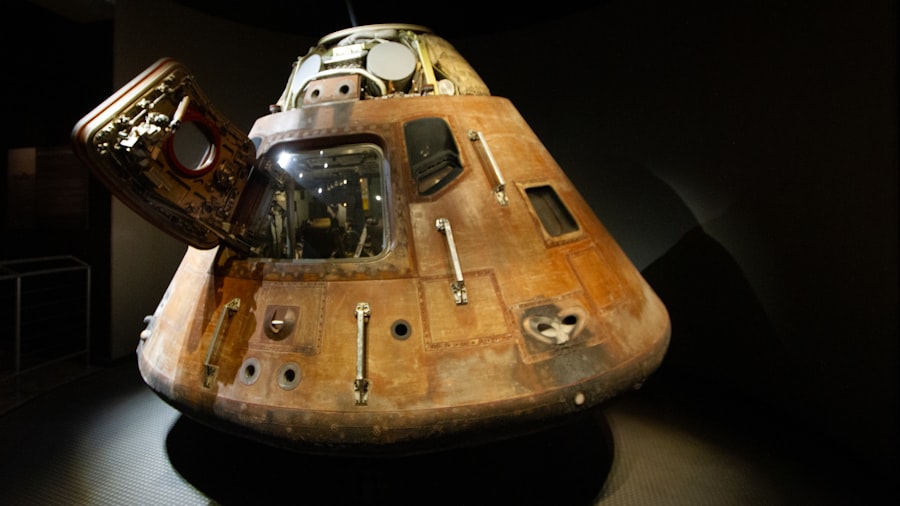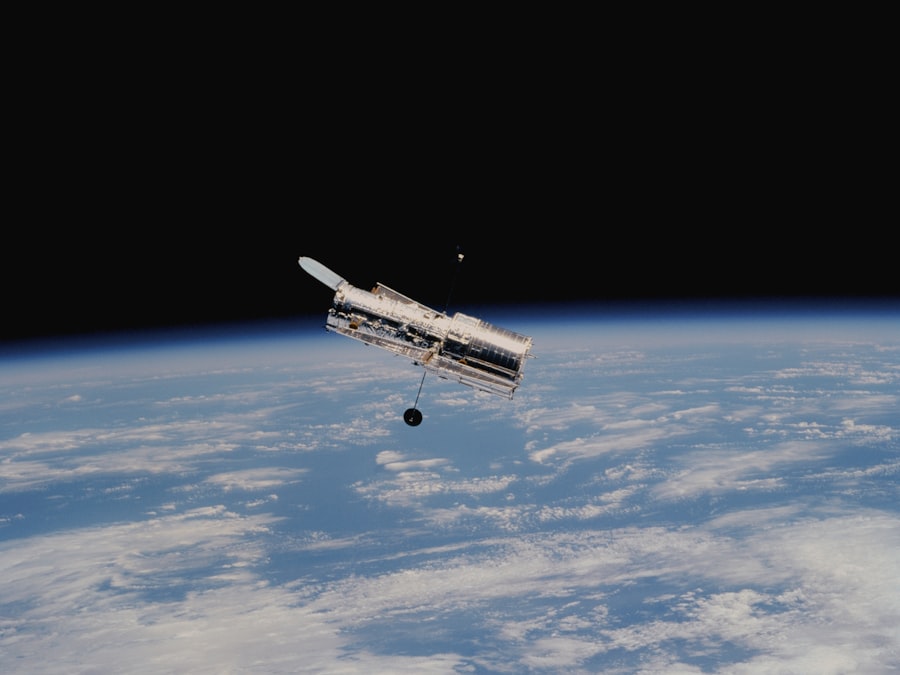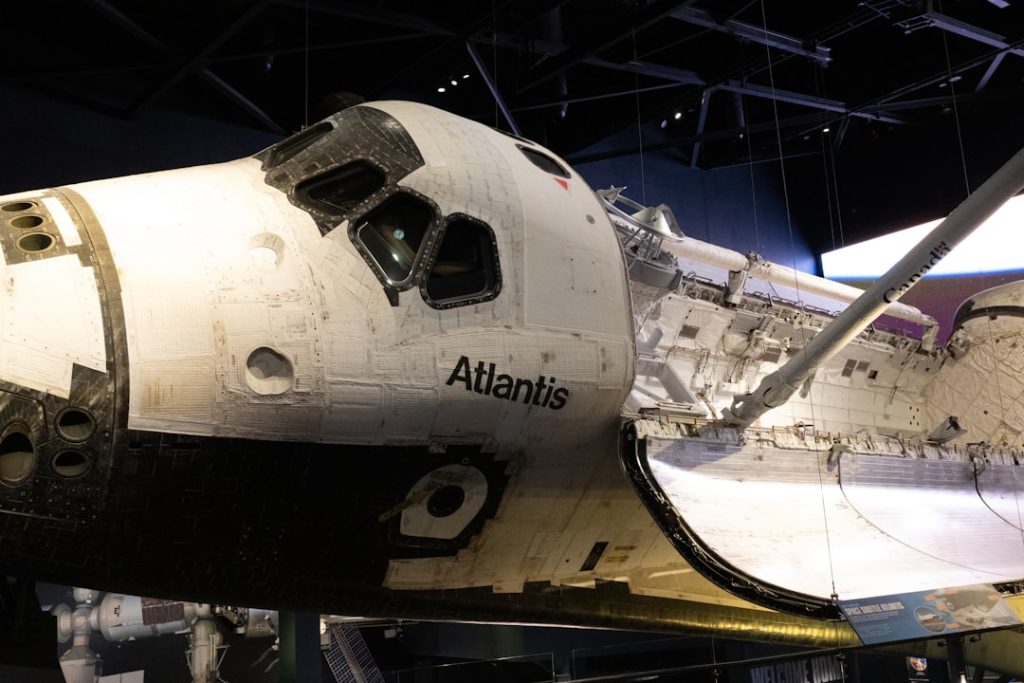The Space Shuttle program, initiated by NASA in the 1970s, marked a significant turning point in human space exploration. It was designed to provide a reusable spacecraft capable of carrying astronauts and cargo to low Earth orbit and beyond. The program aimed to reduce the cost of access to space and facilitate a new era of scientific research and international collaboration.
Among the fleet of shuttles, Discovery emerged as one of the most iconic and celebrated vehicles, symbolizing the spirit of exploration and innovation that characterized the entire program. Discovery was officially designated as OV-103 and made its first flight on August 30, 1984. This mission was a pivotal moment in the history of space travel, showcasing the capabilities of the shuttle system.
The shuttle’s design allowed for a wide range of missions, from deploying satellites to conducting scientific experiments in microgravity. The versatility of the Space Shuttle program was revolutionary, as it enabled NASA to undertake complex missions that were previously unimaginable. Discovery’s inaugural flight set the stage for a series of groundbreaking missions that would redefine humanity’s relationship with space.
Key Takeaways
- The Space Shuttle Program marked the beginning of a new era in space exploration, allowing for reusable spacecraft and increased access to space.
- Space Shuttle Discovery was constructed and developed as one of the five operational space shuttles, with its first flight in 1984.
- Discovery completed numerous historic missions, including deploying satellites, conducting scientific research, and servicing the Hubble Space Telescope.
- After its retirement in 2011, Space Shuttle Discovery found its legacy in museums and educational institutions, inspiring future generations of space enthusiasts.
- The impact of Space Shuttle Discovery on space exploration continues to be felt, as it paved the way for international cooperation and advancements in space technology.
Construction and Development of Space Shuttle Discovery
The construction of Space Shuttle Discovery was a monumental engineering feat that involved thousands of engineers, scientists, and technicians working collaboratively over several years. The shuttle was built at NASA’s Kennedy Space Center in Florida, where its components were meticulously assembled. Discovery was designed with a focus on reusability, which meant that many of its parts could be refurbished and used for multiple missions.
This innovative approach not only reduced costs but also allowed NASA to maximize the utility of each shuttle flight. One of the most notable features of Discovery was its thermal protection system, which consisted of thousands of heat-resistant tiles designed to withstand the extreme temperatures experienced during re-entry into Earth’s atmosphere. The shuttle’s aerodynamic shape and powerful engines were also critical to its success, enabling it to reach speeds exceeding 17,500 miles per hour.
The development process included extensive testing, including wind tunnel experiments and uncrewed test flights, ensuring that Discovery would be safe and reliable for human spaceflight.
Historic Missions and Accomplishments of Space Shuttle Discovery

Throughout its operational life, Space Shuttle Discovery completed a remarkable 39 missions, making it the most flown spacecraft in history. Each mission contributed significantly to scientific knowledge and technological advancement. One of its most notable achievements was the deployment of the Hubble Space Telescope in 1990.
This mission revolutionized our understanding of the universe by providing unprecedented images and data about distant galaxies, stars, and planets. Hubble’s discoveries have reshaped our comprehension of cosmology and astrophysics, making it one of the most important scientific instruments ever created. In addition to deploying satellites, Discovery played a crucial role in assembling the International Space Station (ISS).
Over several missions, it delivered essential modules and components that formed the backbone of this collaborative international project. The shuttle’s ability to transport large payloads and conduct complex operations in orbit was instrumental in establishing the ISS as a hub for scientific research and international cooperation in space. Notably, during STS-133 in 2011, Discovery delivered the Permanent Multipurpose Module (PMM) to the ISS, further enhancing its capabilities for long-term human habitation and research.
The Retirement and Legacy of Space Shuttle Discovery
| Aspect | Details |
|---|---|
| First Flight | August 30, 1984 |
| Final Flight | March 9, 2011 |
| Number of Missions | 39 |
| Distance Traveled | 148,221,675 miles |
| Time Spent in Space | 365 days |
| Number of Crew Members | 252 |
After an illustrious career spanning nearly three decades, Space Shuttle Discovery completed its final mission on March 9, 2011. The retirement of Discovery marked the end of an era for NASA and human spaceflight. The shuttle’s last flight, STS-133, was a poignant moment for many who had dedicated their lives to the program.
As it landed at Kennedy Space Center after a successful mission, it left behind a legacy that would influence future generations of space explorers. Discovery’s legacy is not solely defined by its impressive number of missions or technological achievements; it also represents the spirit of human ingenuity and perseverance. The shuttle program faced numerous challenges, including tragic accidents that claimed the lives of astronauts aboard Challenger and Columbia.
However, through these hardships, NASA learned valuable lessons that improved safety protocols and engineering practices. Discovery’s successful missions served as a testament to resilience in the face of adversity and underscored the importance of continued investment in space exploration.
The Impact of Space Shuttle Discovery on Space Exploration
The impact of Space Shuttle Discovery on space exploration extends far beyond its individual missions. It played a pivotal role in shaping modern spaceflight practices and fostering international collaboration in scientific endeavors. The shuttle program demonstrated that reusable spacecraft could significantly reduce costs associated with launching payloads into orbit.
This realization has influenced subsequent spacecraft designs and missions undertaken by both governmental agencies and private companies. Moreover, Discovery’s contributions to scientific research have had lasting implications for various fields, including astronomy, biology, and materials science. Experiments conducted aboard the shuttle have led to breakthroughs in understanding fundamental processes such as fluid dynamics in microgravity and the effects of long-duration spaceflight on human health.
These findings have not only advanced our knowledge but have also paved the way for future exploration missions to destinations like Mars and beyond.
The Future of Space Shuttle Discovery: Museums and Education

Following its retirement, Space Shuttle Discovery found a new home at the Steven F. Udvar-Hazy Center in Chantilly, Virginia, part of the Smithsonian National Air and Space Museum. This transition from active service to a museum exhibit allows visitors to appreciate the shuttle’s engineering marvels up close while learning about its storied history.
The display includes interactive exhibits that engage visitors with hands-on experiences related to space exploration. In addition to serving as a historical artifact, Discovery plays an essential role in education and outreach efforts aimed at inspiring future generations. Educational programs associated with the shuttle encourage students to explore science, technology, engineering, and mathematics (STEM) fields.
By showcasing Discovery’s achievements and contributions to space exploration, museums aim to ignite curiosity and passion for space among young learners, fostering a new generation of scientists and engineers who will continue humanity’s quest for knowledge beyond our planet.
Remembering the Crew of Space Shuttle Discovery
The crew members who flew aboard Space Shuttle Discovery are an integral part of its legacy. Each mission involved highly trained astronauts who brought their expertise and dedication to every flight. Notable crew members include John Young, who commanded STS-1—the first shuttle flight—and Charles Bolden, who later became NASA Administrator.
Their contributions extended beyond individual missions; they represented the collective effort of countless individuals who worked tirelessly behind the scenes. The memory of those who served aboard Discovery is honored through various initiatives that celebrate their achievements and sacrifices. Memorials and tributes serve as reminders of the risks associated with space travel while highlighting the courage required to push boundaries in pursuit of knowledge.
These commemorations ensure that future generations recognize not only the technological advancements made possible by shuttles like Discovery but also the human spirit that drives exploration.
The Continued Inspiration of Space Shuttle Discovery
Space Shuttle Discovery continues to inspire awe and admiration long after its final flight. Its legacy serves as a reminder of what humanity can achieve when we dare to dream big and work collaboratively toward common goals. The stories of astronauts who flew aboard Discovery resonate with people around the world, encouraging them to pursue their passions—whether in science, engineering, or other fields.
As we look toward future endeavors in space exploration—such as returning humans to the Moon through NASA’s Artemis program or sending crewed missions to Mars—the spirit embodied by Discovery remains relevant. It symbolizes resilience in overcoming challenges and emphasizes the importance of curiosity-driven exploration. In this way, Space Shuttle Discovery is not merely a relic of history; it is an enduring source of inspiration that will continue to motivate generations to reach for the stars.


